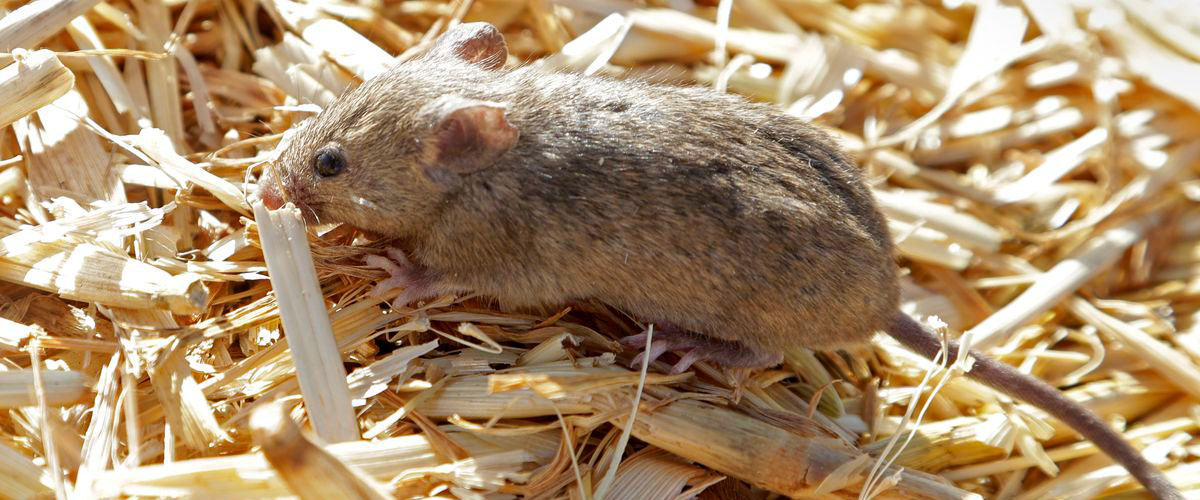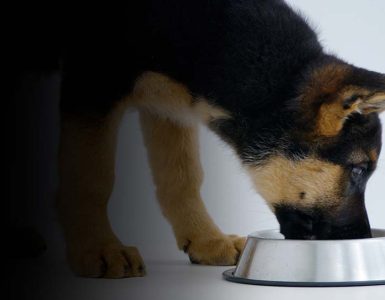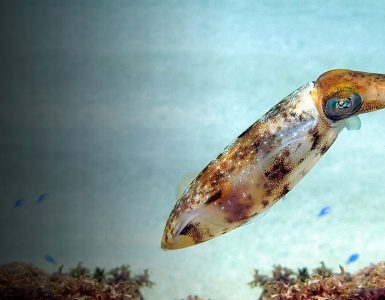Australia has waged war on mice to deal with the mice swarming across towns destroying crops, buildings and even hurting hospital patients. Farmers are battling with rodents and so are people in the houses. They are getting into water supplies to cause a spike in rodent-borne bacterial diseases (leptospirosis), leading to serious complications like meningitis, renal failure, bleeding, and respiratory complications. The damage to crops amidst pandemic has distressed Australians, especially farmers, as they were already suffering from the nastiest drought in years. The farmers had to reluctantly burn millions of dollars worth of hay and grains to stop the mouse infestations.
House mice aren’t new for Australians, due to many factors. The mice in Australia have a remarkable potential to sustain long droughts and thrive till the conditions become suitable for them to reproduce and flourish. The public health director of the Western NSW local health district, Priscilla Stanley said in an interview that there are risks of the development of lymphocytic choriomeningitis, which is a mouse-related disease and is suspected when people complain of red and sore eyes. She also suspects that the plague has a way to run yet, because the breeding conditions for mice are ideal and a female can breed every 3rd week, building up the plague. Since the drought is recently over and summers have been wet and hot, resulting in heavy crops and good vegetation, that could further escalate the mice breeding and taking this plague to next level, explained Maggie Watson an environmental scientist from the Charles Sturt University.
The state that is hit hardest in New South Wales, which has sought urgent approval from the Commonwealth regulatory body for the use of second-generation pesticides (bromadiolone) to deal with the mice. Many scientists including Maggie Watson have warned against the dangers of rodenticides on birds of prey, she believes that overreliance on second-generation rodenticides can have an impact on the population of the bird of prey, resulting in unanticipated consequences. The native birds which are already on the verge of extinction will be losing habitation because they could have been exposed to rodenticides as they consume dead or dying poisoned mice.
The main feature of first-generation rodenticides is that they work gradually and break down rapidly, thereby least affecting the predators who feed on the poisoned mice. Those reptiles who feed on the mice poisoned by second-generation rodenticides will be ”toxic time bombs”, awaiting to poison other predators who feed on them, because of their ability to bioaccumulate the rodenticide, as shown by a study conducted in Australia.
The birds of prey, native carnivores, snakes, and large lizards are the natural first line of defense against mouse plague, and endangering them by poising will make the future control of mice population difficult in the longer run. Many researchers believe that this cycle of mice plague can reappear every 15 – 20 years and a long-term control plan should be devised, that has fewer negative effects on other species and could effectively manage the Australian mouse plagues.
















Add comment